A little over a week ago, a deepfake of Ukrainian President Volodymyr Zelenskyy was used to try and convince Ukraine's soldiers to lay down their arms and surrender against Russia. On top of being shared on social media, hackers got it onto news sites and a TV ticker as well.
While it's not explicitly known that Russia did this – there's a long history of Russian cyberwarfare, including many instances of media manipulation.
Luckily, while the lip-sync was okay in this video, several cues helped us know it was fake.
Unfortunately, this is only the tip of the iceberg. Many deepfakes aren't as easy to discern. Consequently, as we fight wars (both physical and cultural), manipulated videos will increasingly alter both perceptions and reality.
Even when proven to be fake, the damage can persist. Some people might believe it anyway … while others may begin distrusting all videos from leaders as potential misinformation.
That being said, not all deepfakes are malicious, and the potential for the technology is attractive. Production companies are already using it to splice in actors who might have aged or died into scenes in movies. Deepfake technology can also be used to allow a celebrity to sell their likeness without having to waste their time doing all the filming necessary to produce the intended finished product.
Deepfake technology also allows us to create glimpses into potential pasts or futures. For example, On July 20th, 1969, Neil Armstrong and Buzz Aldrin landed safely on the moon. They then returned to Earth safely as well. What if they didn't? MIT recently created a deepfake of a speech Nixon's speechwriter William Safire wrote during the Apollo 11 mission in case of disaster. The whole video is worth watching, but the "fake history" speech starts around the 4:20 mark.
"Fate has ordained that the men who went to the moon to explore in peace will stay on the moon to rest in peace." – Nixon's Apollo 11 Disaster Speech
MIT via In Event Of Moon Disaster
Conclusion
“Every record has been destroyed or falsified, every book rewritten, every picture has been repainted, every statue and street building has been renamed, every date has been altered. And the process is continuing day by day and minute by minute. History has stopped.“ – Orwell, 1984
In an ideal world, history would be objective; facts about what happened, unencumbered by the bias of society, or the victor, the narrator, etc. On some level, however, history is written by the winners. Think about it … perceived "truth" is shaped by the bias and perspectives of the chronicler.
Consequently, history (as we know it) is subjective. The narrative shifts to support the needs of the society that's reporting it.
The Cold War with the Soviet Union was a great example. During the war, immediately thereafter, and even today, the interpretation of what transpired has repeatedly changed (both here and there). The truth is that we are uncertain about what we are certain about.
But while that was one example, to a certain degree, we can see this type of phenomenon everywhere. Yes, we're even seeing it again with Russia.
But it runs deeper than cyber-warfare. News stations color the story told based on whether they're red or blue, and the internet is quick to jump on a bandwagon even if the information is hearsay. The goal is attention rather than truth.
Media disinformation is more dangerous than ever. Alternative history can only be called that when it's discernible from the truth … and unfortunately, we're prone to look for information that already fits our biases.
As deepfakes get better, we'll likely get better at detecting them. But it's a cat-and-mouse game with no end in sight. Signaling Theory posits that signalers evolve to become better at manipulating receivers, while receivers become more resistant to manipulation.
I'm excited about the possibilities of technology, even though new capabilities present us with both promise and peril.
Meanwhile, "Change" and "Human Nature" remain constant.
And so we go.

 Three Generations of Getsons
Three Generations of Getsons
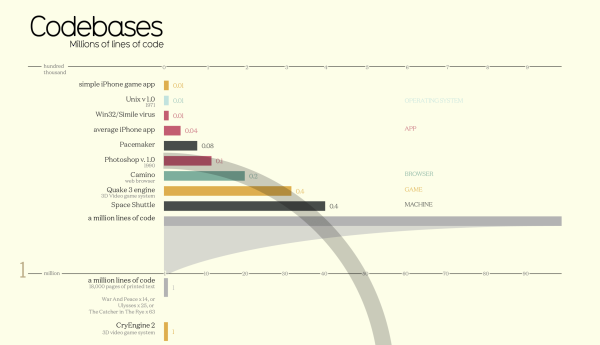 via
via 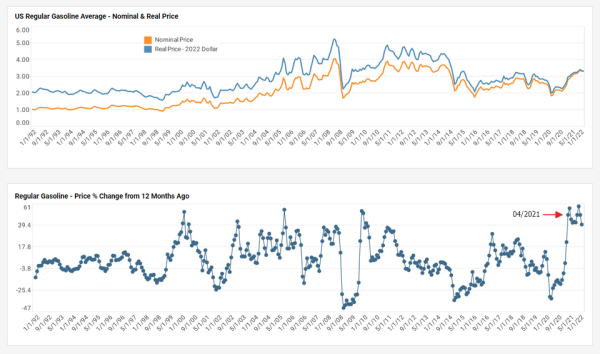
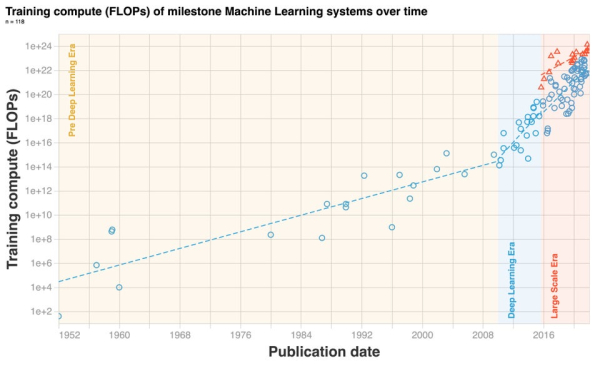
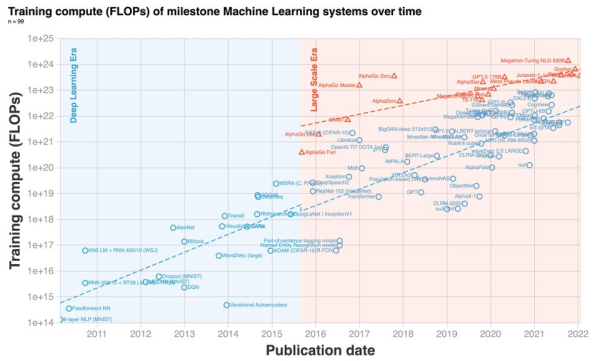

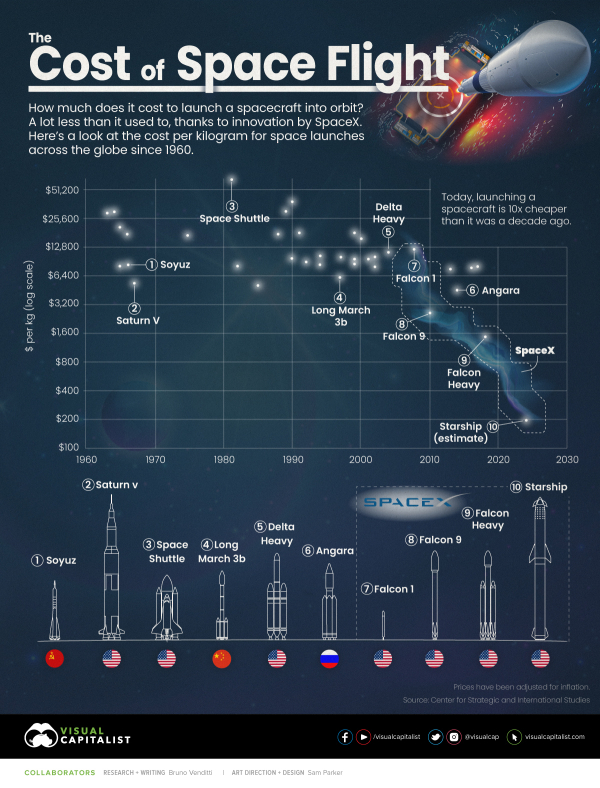 via
via 

